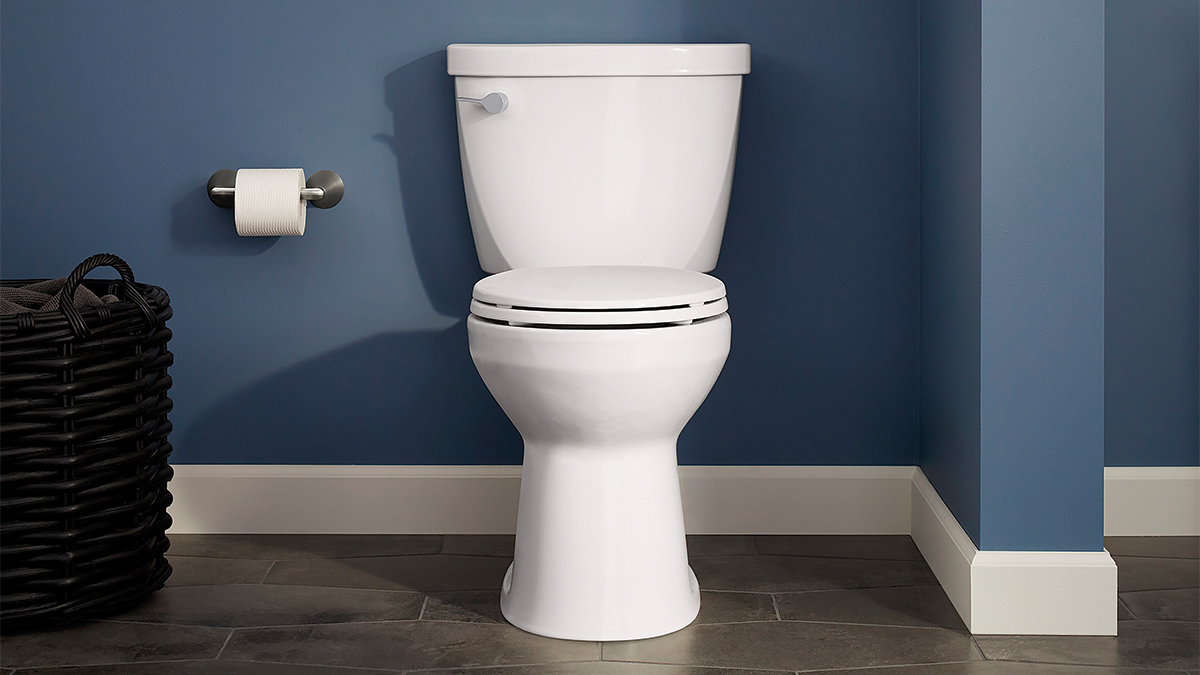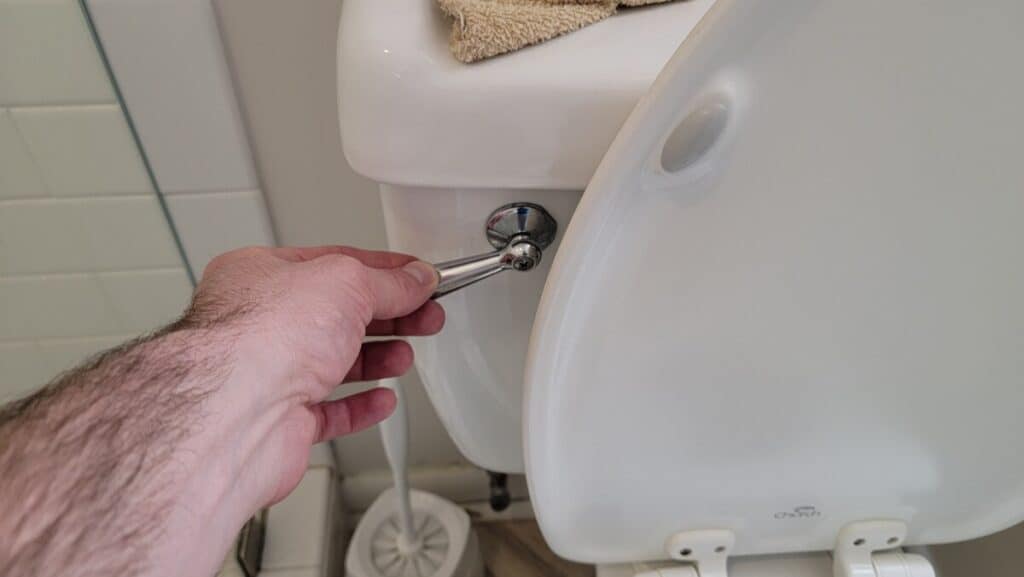In today's world, the pressing need for water conservation is greater than ever. One area where homeowners and industries can make a significant impact is through the adoption of water-efficient toilets. Embracing these eco-friendly solutions not only conserves water but also significantly reduces costs and environmental impact. In this article, we will delve into the numerous advantages that water-efficient toilets offer, helping industry QA professionals understand why they're a crucial part of sustainable living and business practices.

Understanding the Mechanics of Water-Efficient Toilets
The science behind water-efficient toilets is fascinating. These toilets are designed to use significantly less water per flush compared to traditional toilets. Typically, they incorporate advanced flushing mechanisms, like dual-flush or ultra-low flush options, which optimize water usage depending on the requirement. According to an insightful article on dual-flush toilet advantages, these mechanisms can save a substantial amount of water annually. This not only benefits the environment but also leads to significant savings on water bills.
Cost Savings and Financial Benefits
One of the most compelling benefits of water-efficient toilets is the potential for cost savings. Given that water bills form a significant part of utility expenses in both residential and industrial settings, even a small reduction in water usage can lead to noticeable savings. A detailed analysis from another source, woodlandswater.org, shows that homes using low-flow toilets consume much less water, translating to lower utility bills. Similarly, industries and businesses that adopt these toilets can significantly cut down on operational costs, making them a financially prudent choice.
Environmental Impact and Sustainability
With sustainability becoming a key priority across sectors, the role of water-efficient toilets cannot be overstated. By reducing water consumption, these toilets play a crucial role in conserving natural resources. The U.S. Environmental Protection Agency notes that if one in 10 American homes upgraded to water-efficient fixtures, it would result in a reduction of more than 100 billion gallons of water annually. This staggering statistic underscores the substantial contribution that these toilets make towards environmental conservation.
Aligning with Green Building Standards
For industries and businesses striving to meet green building standards and certifications, installing water-efficient toilets is an excellent step forward. Many green building programs, such as LEED, recognize and reward the installation of water-saving fixtures. Therefore, adopting these toilets can help businesses achieve their sustainability goals while adhering to industry standards.
Technological Innovations and Future Trends
As technology advances, so too do the capabilities of water-efficient toilets. The future of bathroom design is leaning heavily on seamless integration of smart technologies. These innovations not only promise greater water savings but also enhance user convenience and hygiene. For example, some models are equipped with sensors that adjust flush volumes automatically based on need, ensuring optimal water usage every time. Insightful articles such as the one on eco-conscious bathroom upgrades highlight these advancements and their potential benefits.

Addressing Common Concerns
Despite the clear benefits of water-efficient toilets, there are common misconceptions and concerns, particularly regarding their performance and reliability. These concerns often stem from experiences with older models. However, modern water-efficient toilets have overcome these issues through rigorous testing and innovative engineering. Industry QA professionals can rest assured that these systems are not only efficient but also highly dependable.
FAQs on Water-Efficient Toilets
For further clarity, here are some frequently asked questions about water-efficient toilets:
- How much water can I save with a water-efficient toilet? Typically, a water-efficient toilet can reduce water usage by up to 60% compared to traditional models.
- Are water-efficient toilets more expensive? Initially, they might be slightly costlier, but the long-term savings on water bills often outweigh the upfront cost.
- Will a water-efficient toilet work in my older plumbing system? Most modern models are designed to be compatible with existing plumbing systems, but it's advisable to consult with a plumbing expert before installation.
To delve deeper into the practicalities of these toilets, consider reading more about them on pages such as the guide on water-saving toilets.
In conclusion, the benefits of water-efficient toilets extend beyond mere water conservation. They offer substantial financial savings, contribute positively to environmental sustainability, and keep pace with technological advancements. For both residential and industrial settings, adopting these toilets is a positive step towards a more sustainable future. As the need for resource conservation becomes increasingly urgent, water-efficient fixtures should be at the forefront of our efforts.






